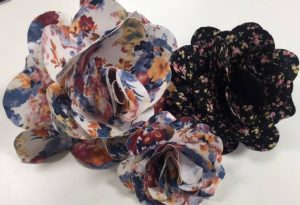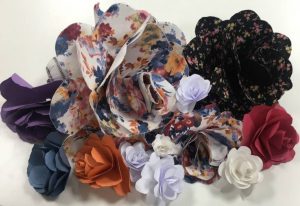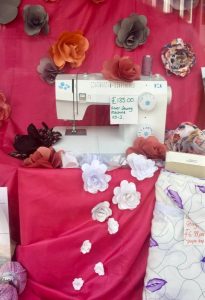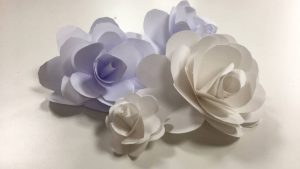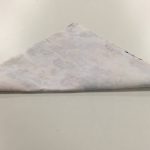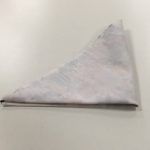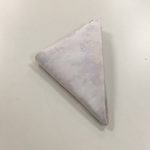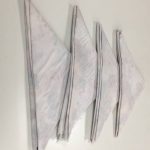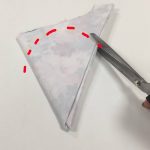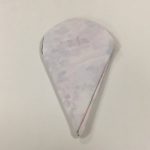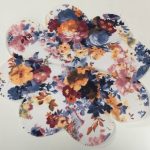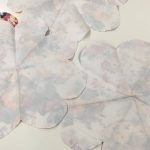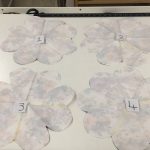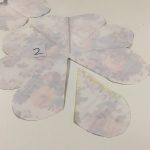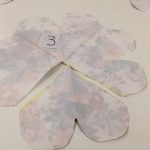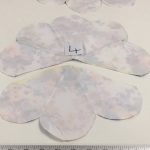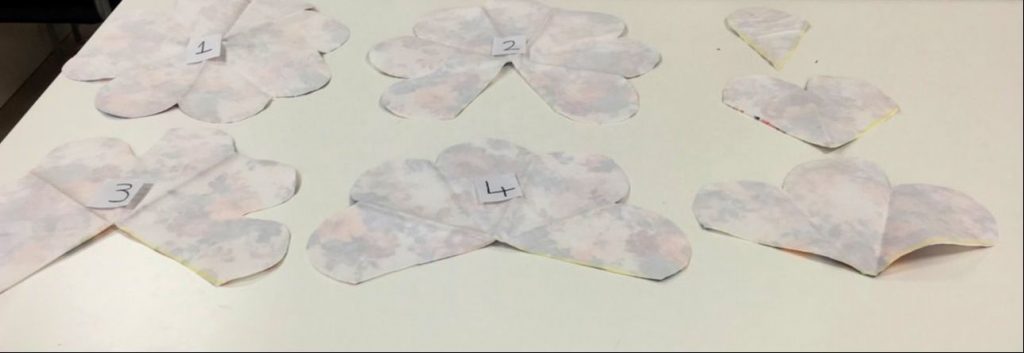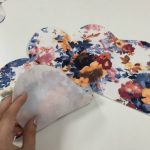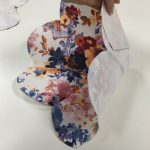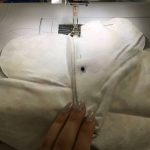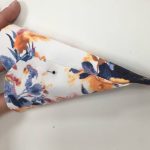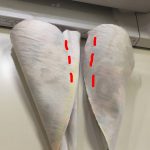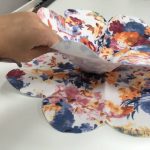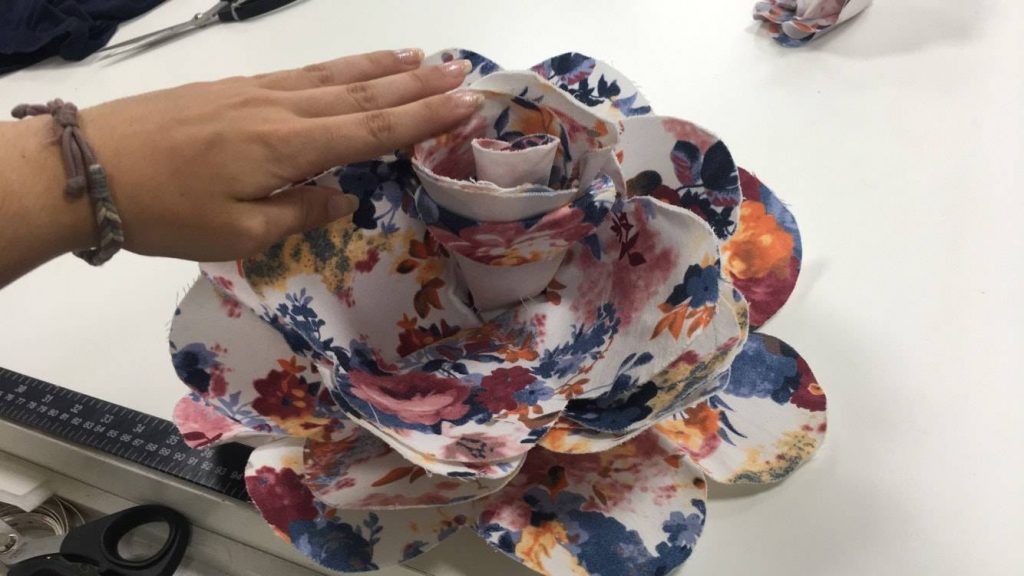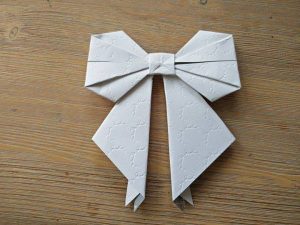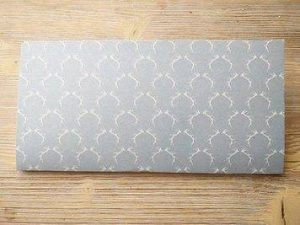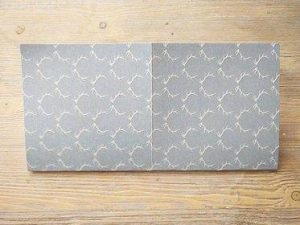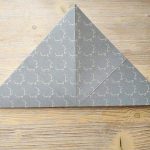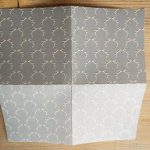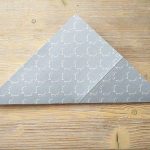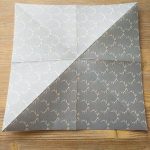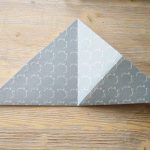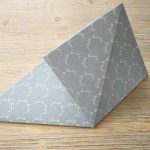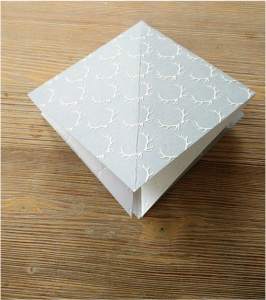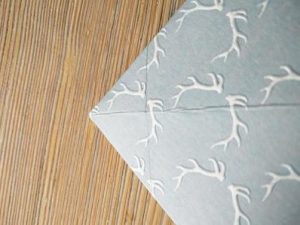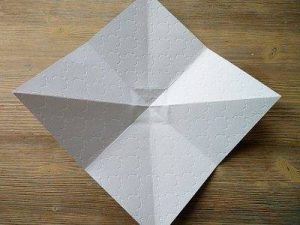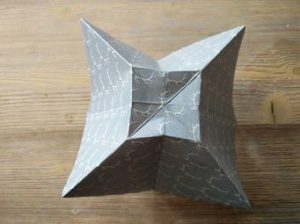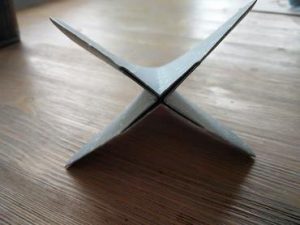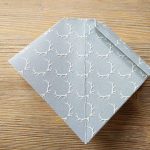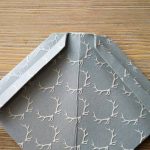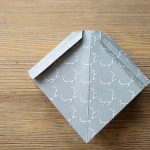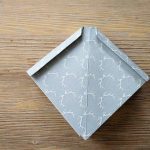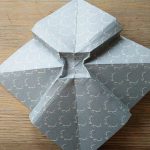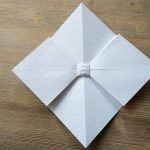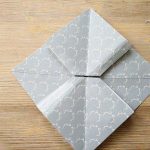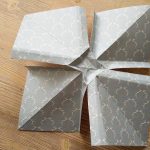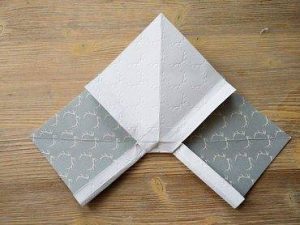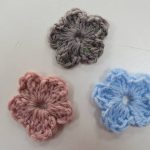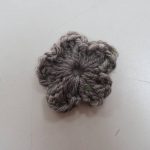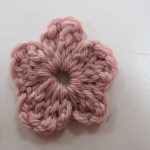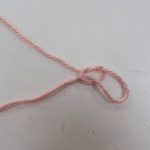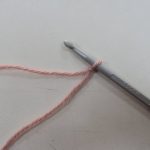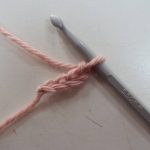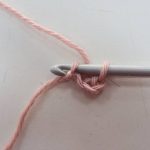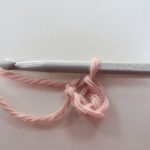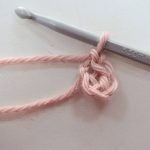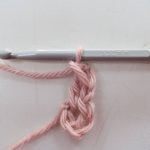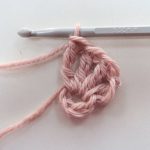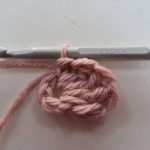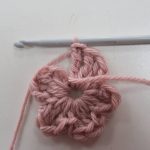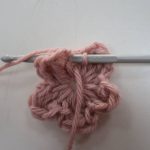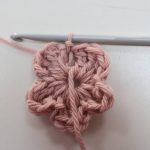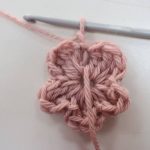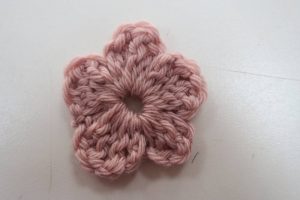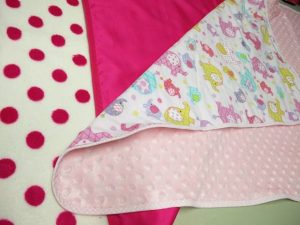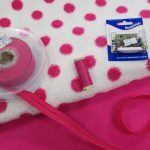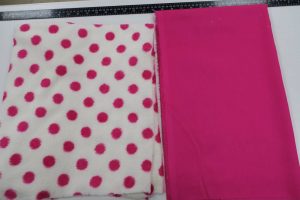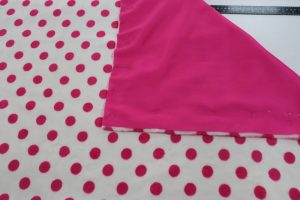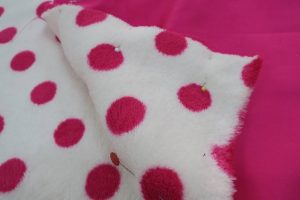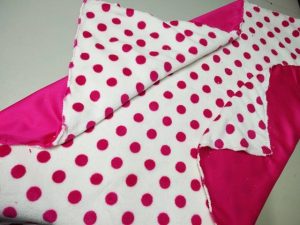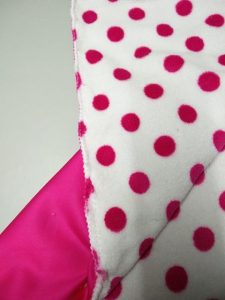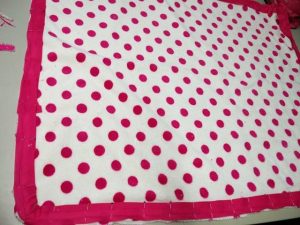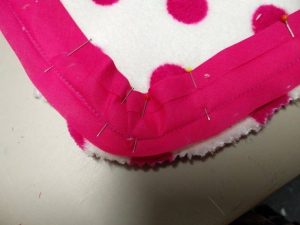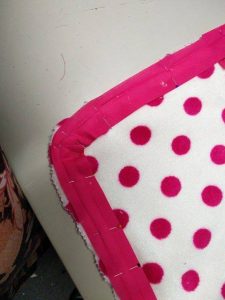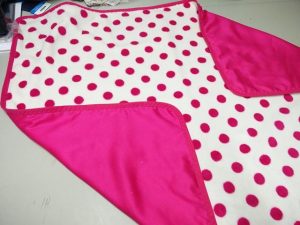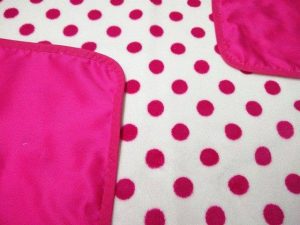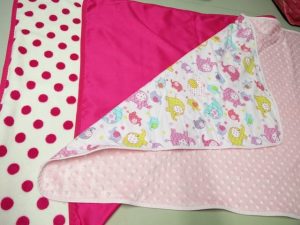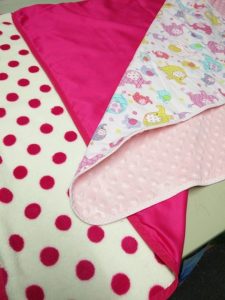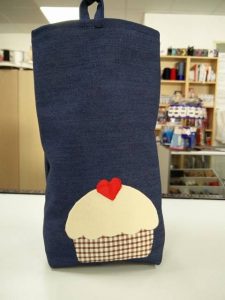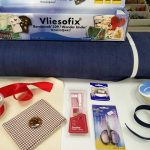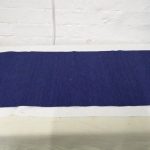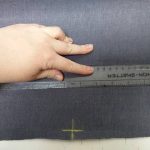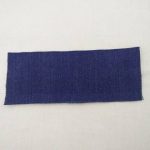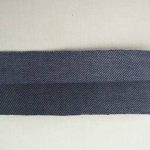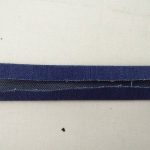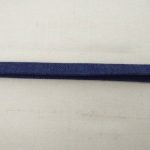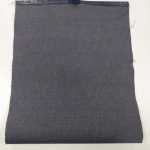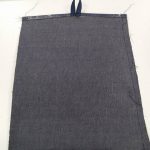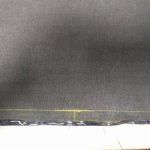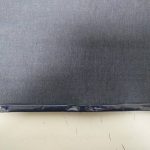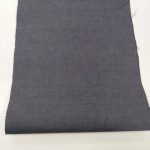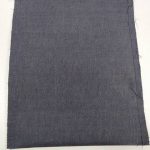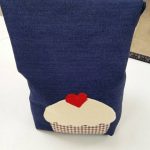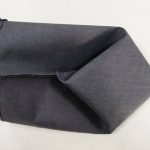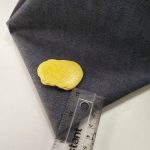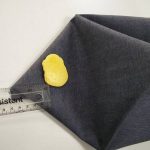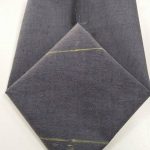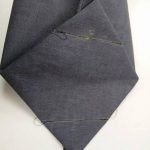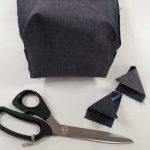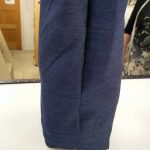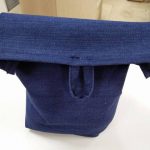This month’s fun craft project is a beautiful summers rose, perfect for anyone or any age. The roses are quick and easy to make and you’ll soon end up with a whole bunch to wow people, just like we have done for our summer window this year. You can choose to do them in any size, any colour and either out of paper or fabric.
Choosing to make them out of fabric however, will require a sewing machine rather than simply using glue.
So I advise, giving it a go on paper first, it will only take a few minutes. Out of paper they make lovely floral decorations, but made out of fabric they could even be added to a garment or furnishing for that creative touch.
What you will need to make the Rose
Paper Rose
- Tape measure to measure your squares
- 4 x paper squares the same size (As an example I have done 14” X 14”)
- Paper Scissors
- Glue stick
- An all purpose glue (I used YUHU all purpose glue)
Fabric Rose
- Tape measure to measure your squares
- 4 x Fabric squares the same size
- 4 x fusible interfacing squares (the same size as the fabric squares)
- Fabric scissors
- Matching Thread
- Sewing machine
- Sewing needle (for hand sewing)
How to make
If you are making the rose out of fabric you 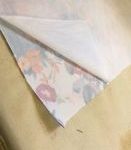 will need to iron the interfacing to the fabric squares beforehand to stiffen the fabric. Make sure the shiny glue side of the interfacing is on the wrong side of the fabric.
will need to iron the interfacing to the fabric squares beforehand to stiffen the fabric. Make sure the shiny glue side of the interfacing is on the wrong side of the fabric.
Take one square and fold it in half to make a triangle repeat 2 more times to make a smaller triangle shape each time. If you are using fabric you may want to press the folded fabric to create a clear fold line and it will help to keep it in place.
Make sure the fold is at the bottom and cut a rounded petal shape. Repeat this process for the other folded triangles.
After you have done this to all 4 triangles unfold them all. Lay the 4 floral pieces you have out on a table.
Leave the first (Number 1) original full flower piece to one side.
Take the second one (Number 2) and cut out just 1 of the petals. Use the folds as a guideline.
Take the third (Number 3) flower piece and cut 2 petals out.
Then take the fourth (Number 4) final flower piece and cut 3 petals out.
You will then have the original pieces and the petal shapes you have just cut out.
(If you are using fabric for this step you will want the right side facing up)The next step take the second floral piece (Number 2) and overlap the petals together where you have cut.
Take the wrong side of one side of the petal and place it onto the right side of the petal to join it into a 3 Dimensional flower shape.
Glue it in place with the glue stick or if you’re using fabric sew it in place with a sewing machine. Do the same with the other 2 floral pieces (Numbers 3 &4) and do the same with the cut out petals.
With the singular one petal on its own this is going to be the very centre of the rose, so you will have to roll it. A good tip is using a pencil to roll it round. Glue or sew it in place.
Go back to the original first unfolded piece (Number 1) and place the flower that you cut 1 petal out of (Number 2) on top of the original first piece (Number 1). Glue or sew these pieces together directly in the centre. If sewing you will need to do this by hand.
Then get the next smallest flower piece (Number 3) and do the same: place it in the bigger flower and sew/ Glue in place. Continue doing this with the rest of the flower pieces. Finish by putting the last singular rolled up petal in the middle of the flower. Hand sew or glue in place.
Once you’ve glued/ sewed all your pieces together you should have a pretty Rose. Try playing around mixing different sizes and different colours together to create colourful bunch of Roses.
We’d be happy to answer any questions in store or over the phone at 01926859892, and don’t hesitate to leave a response, we’d love to see all the wonderful roses you’ve made! You could send us your responses via email: Karendelahunty@outlook.co.uk or via facebook.
You can find the supplies used to make this rose in our shop at Karen Delahunty Sewing & Knitting Centre, 80 Warwick Road, Kenilworth, CV81HL.

